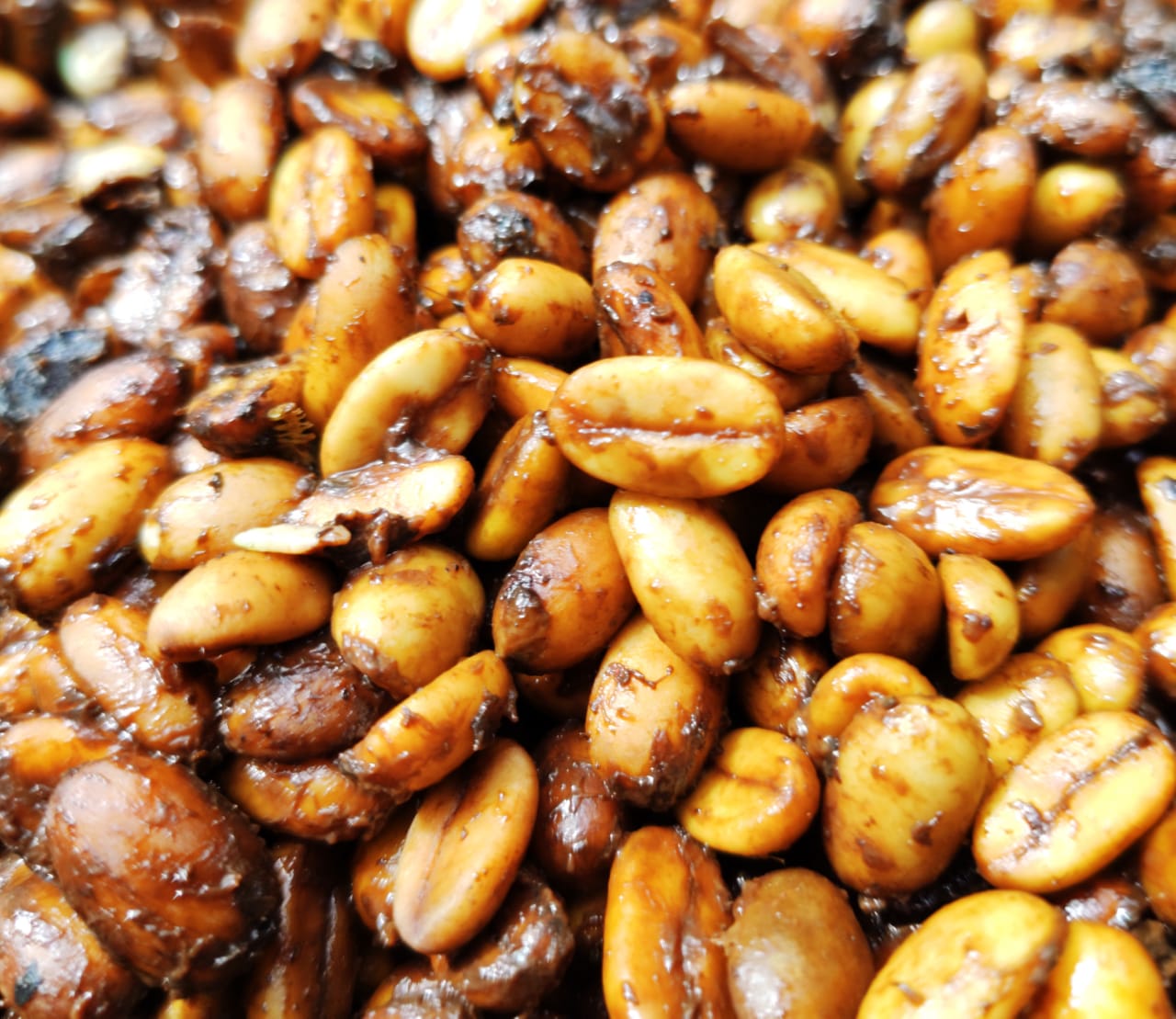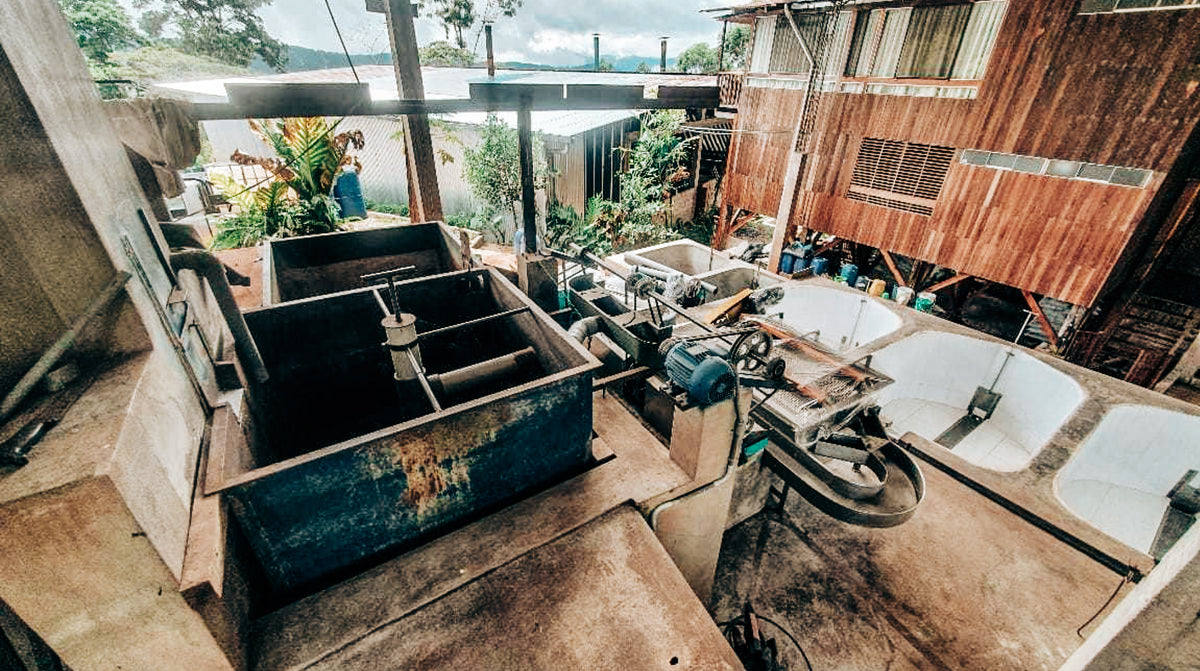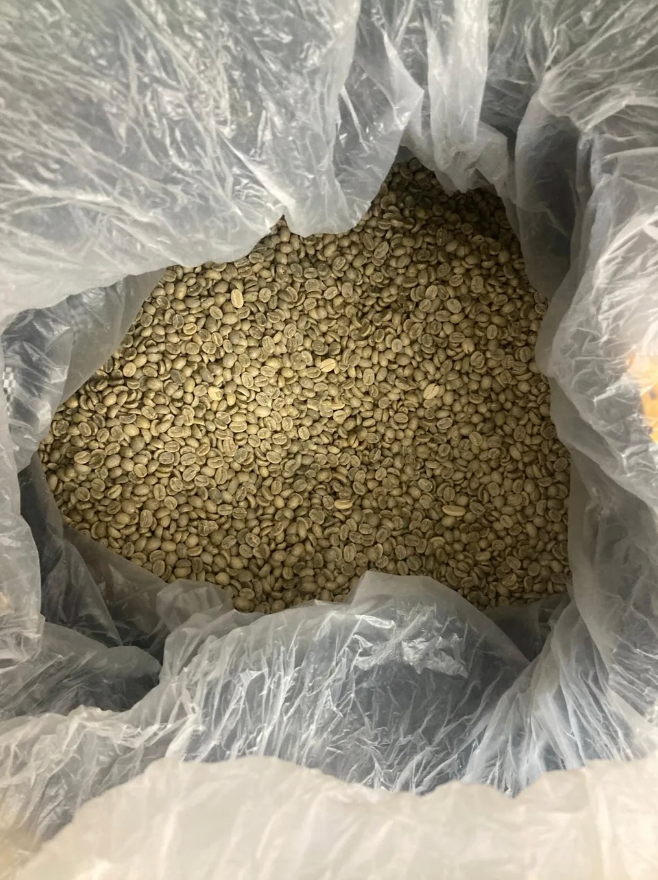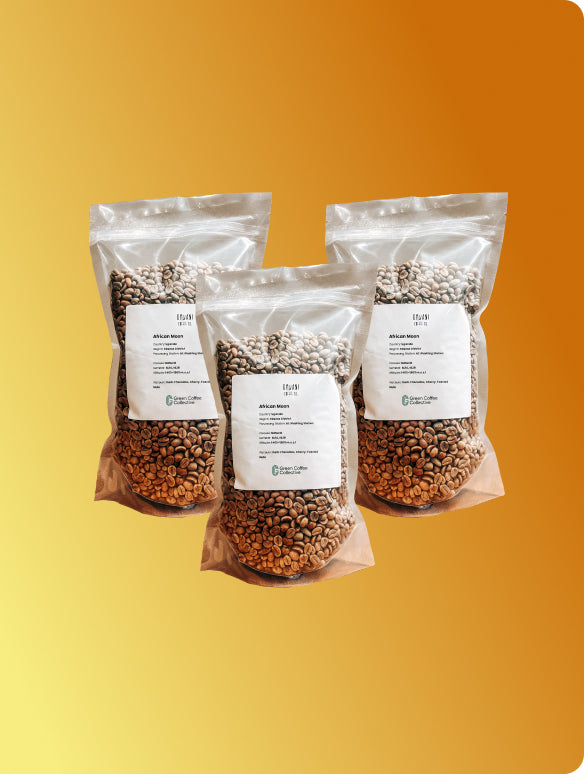
Peru Green Coffee Beans
Explore our selection of Peruvian coffees, where the varied landscape offers a rich tapestry of flavours— from deep chocolatey notes to light, floral hints. Perfect for professional roasters, our selection offers both versatility and quality, ensuring you find the ideal green beans for your roasts. Whether you’re looking for wholesale quantities for larger operations or smaller batches for testing, we provide the options you need.
-
Andres Bazos - Red Caturra - ⚠️ Parchment Issue
Cupping Score83.5Processing methodVarietalRed CaturraMain flavour notesOrange Citrus | Caramel | Milk Chocolate0kg leftOut of Stock
Your guide to Peru Green Coffee Beans
-
What is the flavour profile of Peruvian coffee?
-
What kind of coffee is grown in Peru?
-
Where is coffee grown in Peru?
-
How do we work with our sourcing partner to ensure transparent coffee trade?
-
Discover the Exceptional Quality of Peru Green Coffee Beans
-
Why Peru Green Coffee Beans Are Famous
-
Why Roasters Love Peru Green Coffee Beans
-
Flavor Profile & Cupping Notes
-
Coffee-Growing Regions of Peru
-
Varietals & Species
-
Harvest Seasons & Availability
-
Processing Methods in Peru
-
Notable Varieties of Peru Green Coffee Beans
-
Usage & Versatility of Peru Green Coffee Beans
-
Best Brewing Methods for Peru Green Coffee Beans
-
Quality Standards for Green Coffee Beans in Peru
-
Sourcing & Traceability
-
Buy 100% High-Quality Peru Green Coffee Beans




